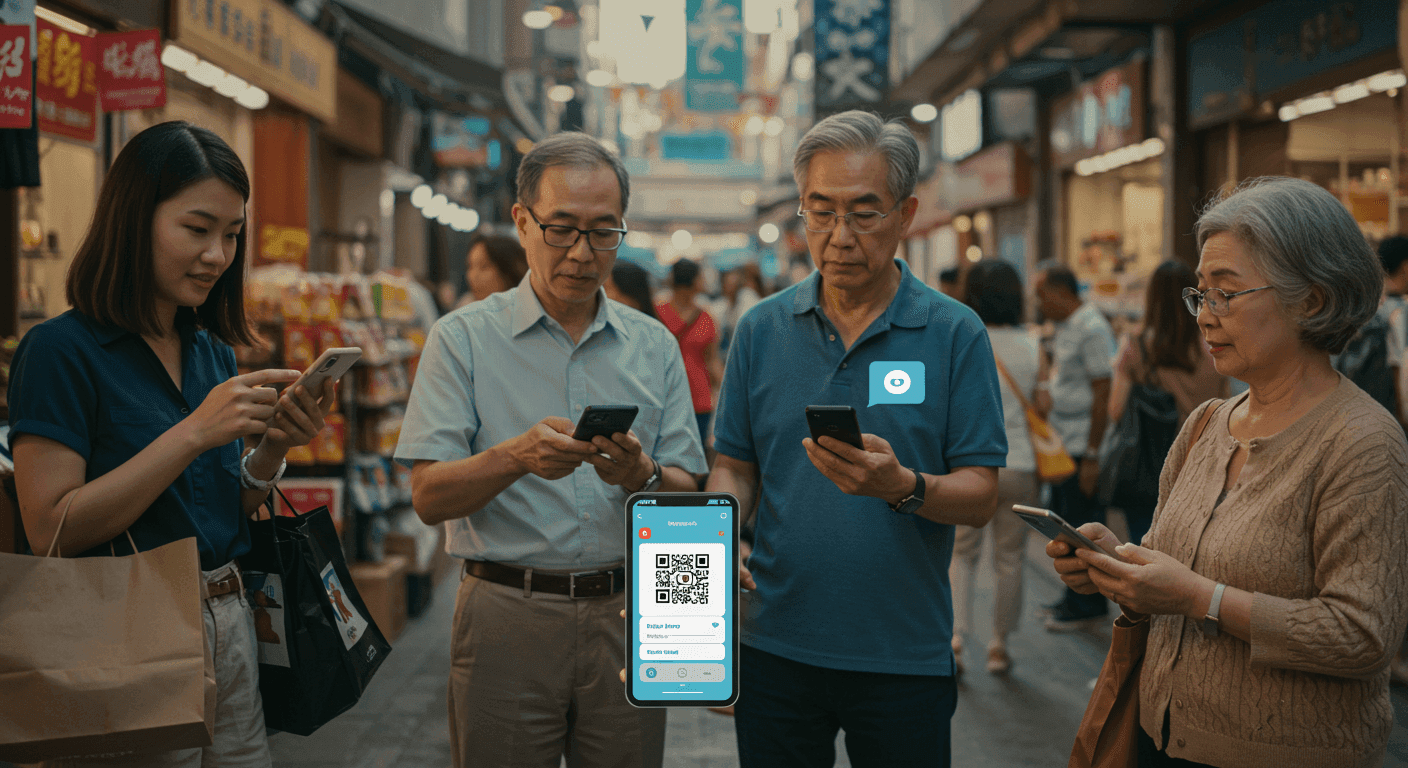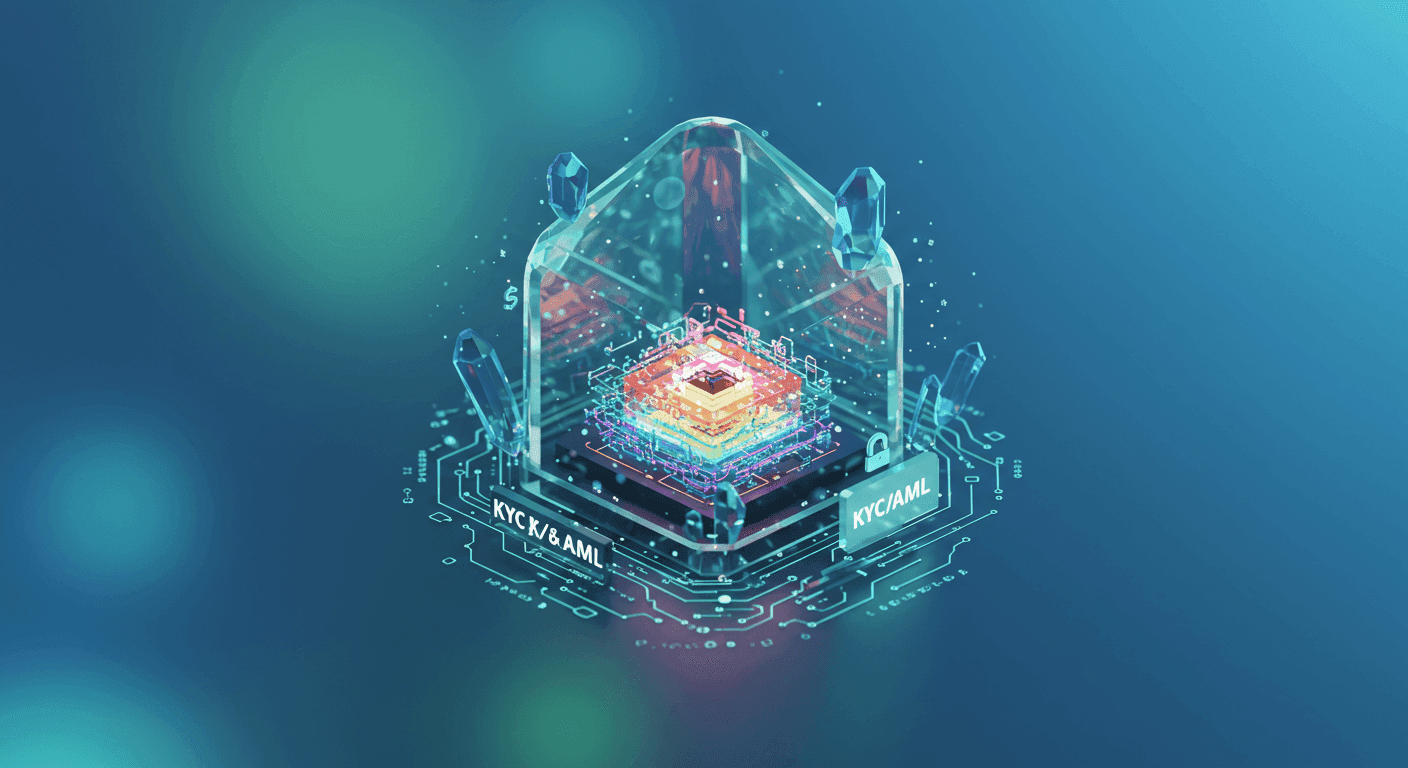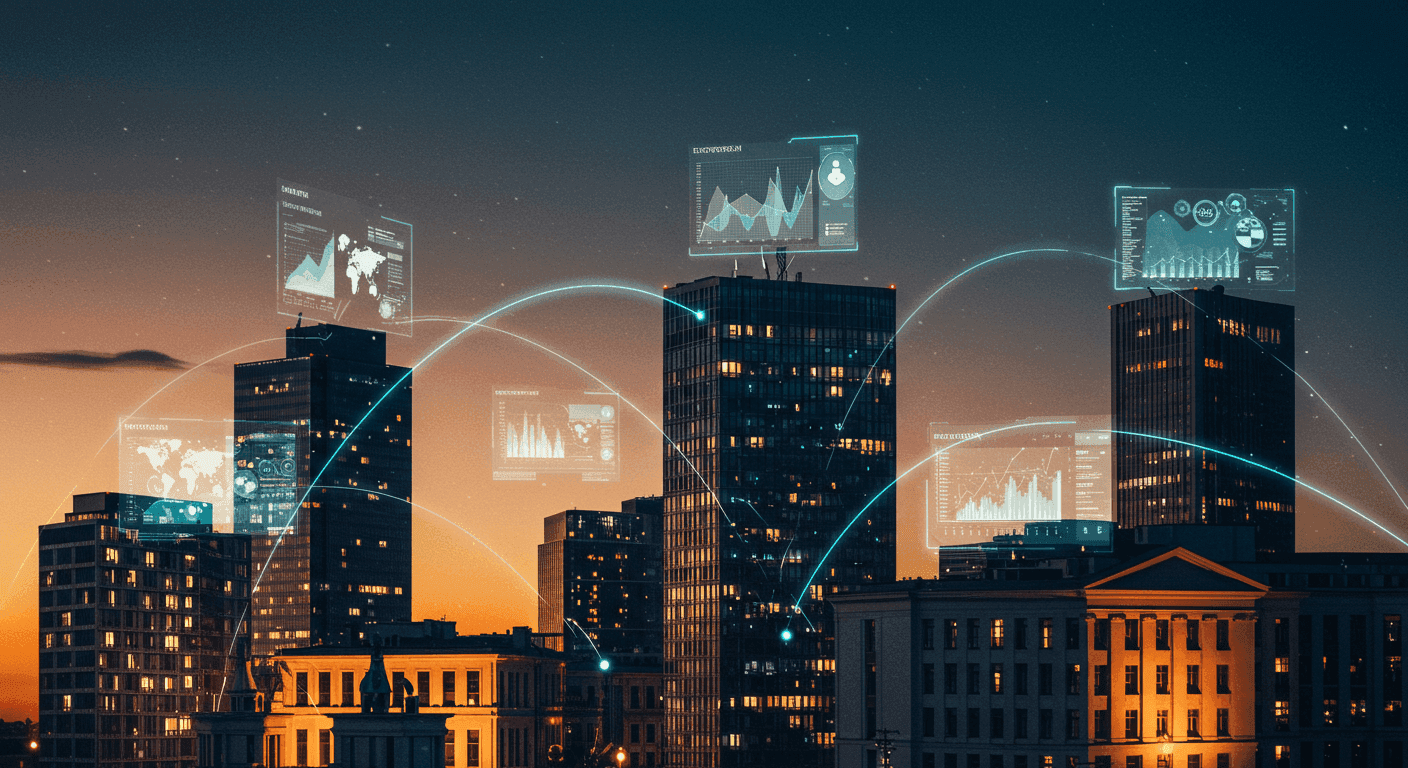How do people in Southeast Asia pay for things in a world that’s quickly going digital?
Many still face problems like not having a bank account, slow transfers, or hidden fees. These issues make simple tasks like paying a bill or sending money harder than they should be.
For small business owners, students, and travelers, this can be frustrating. Waiting in lines, handling cash, or using systems that don’t work smoothly adds stress to daily life. It also limits how people can grow their businesses or help their families.
That’s why knowing about the top 5 payment systems in Southeast Asia is helpful. These systems are changing how people pay, save, and send money. They are easy to use, safe, and fit the needs of millions in the region.
1. GCash (Philippines)
GCash is one of the most used digital wallets in the Philippines. It's simple to set up with just a phone number. Users can send money, pay bills, shop online, and even save money or get a loan—all from the app.
It’s accepted in stores, public transport, schools, and even by street vendors. Over 81 million users were reported in early 2024, showing just how trusted and widespread it is in the country.
GCash also partners with local banks and businesses, which makes it even easier to move money around. It’s especially helpful for people without access to a bank account.
2. Dana (Indonesia)
Dana is growing fast in Indonesia, with over 150 million transactions processed each month. It lets people pay for groceries, electricity, mobile top-ups, and much more. Users can also scan QR codes in shops and split bills with friends.
What makes Dana stand out is how it connects well with both big stores and small, family-owned shops. The app also offers cashback and other small rewards, which helps attract more users.
Indonesia has a young, tech-savvy population. Dana fits well with their habits and supports the country’s push for a cashless economy.
3. TrueMoney (Thailand)
TrueMoney is widely used in Thailand, especially by people who don't use traditional banks. It supports mobile wallet services, payments, and transfers. TrueMoney also allows users to top up their accounts at shops or 7-Eleven stores.
More than 20 million users in Southeast Asia use TrueMoney. It has spread beyond Thailand and is now also active in Cambodia, Myanmar, Vietnam, and the Philippines.
TrueMoney is known for being safe and reliable, especially for people sending money home to their families. Its focus on everyday needs like bills, school fees, and shopping makes it a top choice in Thailand.
4. MoMo (Vietnam)
MoMo started as a mobile wallet but has grown into a full payment platform in Vietnam. Users can pay for almost anything—utilities, movie tickets, hospital bills, and more. It also offers games, donations, and mobile banking features.
MoMo reached over 40 million users in 2023. It’s used by people in both cities and smaller towns. This wide use is important in a country where many still rely on cash.
The app connects well with banks and stores, helping users manage their money in one place. It’s easy to use and works even with slow internet, which helps people in remote areas.
5. GrabPay (Regional)
GrabPay is part of the Grab super-app, which offers transport, food delivery, and online shopping across Southeast Asia. Its payment system lets users pay for rides, meals, and many other services directly from their phones.
GrabPay works in countries like Singapore, Malaysia, Indonesia, the Philippines, Thailand, and Vietnam. It supports both QR payments and linked cards.
Since it’s built into the larger Grab platform, users don’t need to download a separate app. This convenience makes it a top choice for everyday payments in the region.
Factors Driving Mobile Payment Adoption in Southeast Asia
Several reasons are helping these payment systems grow:
-
Many people in Southeast Asia now own smartphones
-
More areas have internet access
-
Fintech companies and governments support cashless services
-
Online shopping and food delivery apps are growing fast
In fact, over 60% of people in the region use mobile payments regularly, according to data from Google’s e-Conomy SEA 2023 report.
Challenges Faced by Users and Providers
Even with growth, some problems remain:
-
Internet access is still weak in some rural places
-
Some people don’t trust digital systems due to scams
-
Not everyone knows how to use mobile apps easily
These issues show that education and stronger systems are still needed to make digital payments work for everyone.
What’s Next for Payment Systems in Southeast Asia?
The future looks bright. Countries are working on making all payments digital. Some even aim to go fully cashless in the next few years.
At the same time, more people are learning to use crypto, and blockchain technology might also help improve speed and privacy. New apps are also being built to help users manage spending and send money across borders without high fees.
Companies that can keep things simple, safe, and fast will likely grow the most.
Conclusion
The top 5 payment systems in Southeast Asia—GCash, Dana, TrueMoney, MoMo, and GrabPay—are changing how millions of people handle money. Each one fits local needs and helps users make payments faster and easier.
Whether you’re a student paying bills, a shop owner taking payments, or someone sending money to family, these systems can make life simpler. As the region moves toward more digital tools, knowing how these payment methods work can really help.
FAQs
Which payment system is best for tourists in Southeast Asia?
GrabPay is a good choice for tourists because it works across many countries and connects with transport and food services.
Can I use these payment apps without a bank account?
Yes. Apps like GCash, TrueMoney, and MoMo allow users to top up without needing a bank account.
Are these payment systems safe to use?
Most of these apps use security tools like PINs, OTPs, and fingerprint scans to protect users.





